Wall insulation is an important stage of building any building, whether it is your home or, for example, a bath. Good thermal insulation, it is a pledge of not only heat in the house, but also to save money. But it is not enough to just buy isolation and shove under the lining, you need to make the correct mounting of the insulation to the wall. So that it securely kept in its place the entire service life.
And the term is rather big, from 70 years, subject to proper installation in compliance with all technological rules. Today I will tell about these rules, with a focus on the methods of fastening the thermal insulation to the wall surface.
Installation options insulation
At the moment there are two options for fastening any kind of insulation and several additional, which I also mention. By the way, these ways of fasteners can be installed as loose insulation and more dense stoves.Basic ways to fasten the insulation to the wall:
- Using glue;
- Mechanically, thanks to special dowels.
Consider each embodiment separately.
On glue
Adhesive compositions for mounting the insulation are two types. On a cement basis, a more popular and affordable composition, and adhesives in the form of foamed polyurethane, such compositions, have the best characteristics, but also the cost of them is much higher.
Typical plates of thermal insulation are usually sitting on glue, such as polystyrenex (in the people of foam) Penoplex, and other heaters with similar properties.
Cement-based adhesive compositions, you need to knead in capacities with cold water before use. Stir the dry composition in water is needed to obtain a thick homogeneous mass, which resembles a consistency of fatty sour cream. It is important to ensure that during the dilution of the adhesive powder, no lumps were formed, as it can reduce the quality of the composition.
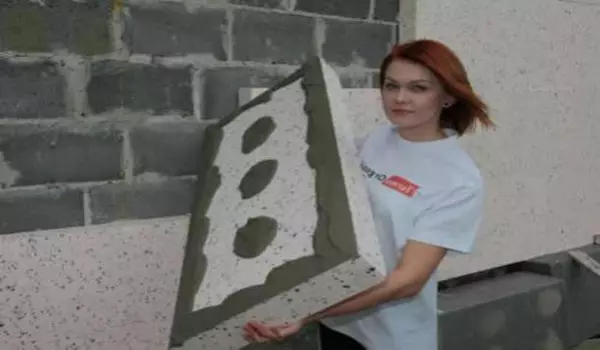
Glue is stirred, naturally, not manually, for this you need to use a special nozzle mixer, which is put on a drill or perforator, and on small speeds, mix dry mixture with liquid.
Apply glue, you need to the inner side of the insulation plate, while the glue fastens the insulation with the wall as much as possible with the wall, the outer side of the thermal insulation, you need to make a rough. To achieve this, I recommend using a special roller or a brush to work with foam.
In addition, you need to increase adhesion, walls. No, it does not need to do it, usually it is already originally. Surface, enough, high quality covers with primer, and give it to dry. After that, you can install insulation on the walls.
Article on the topic: Niche in the wall: Decorative deepening or practical course in the interior of the room
On dowel
The second prevalence method of fixing the insulation on the walls. Sometimes the installation of thermal insulation on the dowel, acts as the main method, but more often, it is an addition to the installation on glue, for more reliable fixing.
On special dowels, which externally resemble fungi with a hat, fasten all kinds of insulation ranging from foam and ending with mineral wool. For example, a plate of foam, first attached to the wall with glue, and after fixed with several umbrellas.
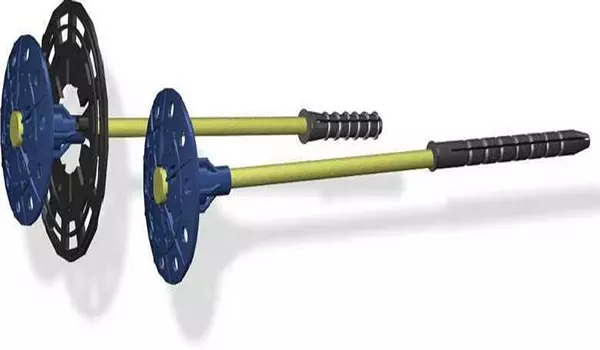
Minvatu, usually just applied to the surface and make five holes through it in the wall, one in the center and four in the corners of the plate. Similarly, holes are made and in the foam.
After that, the holes are clogged with a hat with a hat, to the level until the hat fit the plate to the wall, then in a dowel, the expansion plastic nail, which, with the help of a hammer, fixes the dowel in the wall, and, as a result, the insulation reliably keeps in its place .
Other technologies
If the insulation is conducted by a chipboard or OSB panels, the plates of this material are attached to the surface with special brackets. Some rolled insulation, such as foil, are sometimes produced with adhesive composition already applied to the inner side of thermal insulation.
Sometimes, fasteners, as such, do not need at all. This happens when the insulation, usually loose, such as mineral wool, is stacked by a versiper into a special wooden frame.
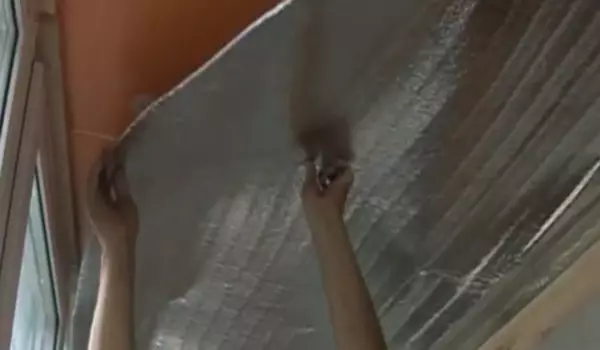
Some insulation are glued to the wall, just as wallpaper, as an example, you can bring cork insulation. There is also thermal insulation paint, which is applied to the surface using an ordinary brush or roller.
Fastening foaming
Heat the walls of foam, this is a rather popular method. As we have already found out, its fasteners are usually made with the help of glue, but dowels are often used for additional fixation. Let's analyze the two installation options.Fastening foam glue
The first thing to do is to find out how smooth the wall that is going to warm up, much depends on this, for example, the method of applying glue. If the surface is smooth, then the glue is applied to the insulation, if the surface has a differential, then the adhesive mixture is applied to the wall itself with a spatula. In the event that the carrier surface is very littered, then it must be aligned with plastering.
If you do this not by means or trite too, I recommend changing the insulation to mineral wool, in this case the surface evenness does not play the role.
So, let's say, the wall has a more hypothetical home or less smooth, you can start the installation. We clean the wall from dust and garbage, close the cracks and chips, pretty soot.
Article on the topic: How to replace an electric meter
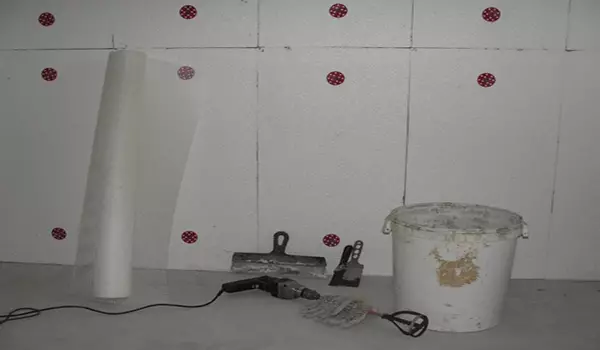
While the primer dry needs to be secured from the bottom of the wall, the support bar, which thickness equal to the size of the plate. It is necessary so that the plates under their own weight slip. After the primer dried, knead the glue, as it was mentioned above, with the observance of the instruction that is written on the packaging.
Needle roller, walk along the inspection of the insulation, and apply glue. It must be left at five points, in the center and in the corners, do not spare the glue, the points should be sufficiently massive. After that, proceed to the mounting of the foam, from the bottom up, holding each slab for about a minute so that the glue grab.
Additional fastening of dowels
If the mounting of the insulation to the wall occurs outside the house and it is planned to further make the walls of heavy materials, then the foam, additionally, you need to press the wall with a dowel-umbrella.There is nothing complicated here, just after the foam grabbed a bit, drill 5 holes in the wall in the same place where you applied glue. That is, in the center and in the corners. Next, beat in them "umbrellas" and score with the hammer fixing plastic nails in them.
Mounting Minvati
As mentioned earlier, mineral wool is fastened with the help of a dowel-umbrella, but this is not enough, since this kind of insulation has a smaller rigidity compared to the same foam. In order for the Minvat well, held on the wall, you need to build a crate.
This is a sufficiently long process requiring accuracy in the calculations. Since it is necessary to correctly calculate, the distance between the bars, from which the framework will be created. This distance depends on what form planned to use Minvatu. In the form of more or less dense stoves, in rolls, or a loose insulation will be used.
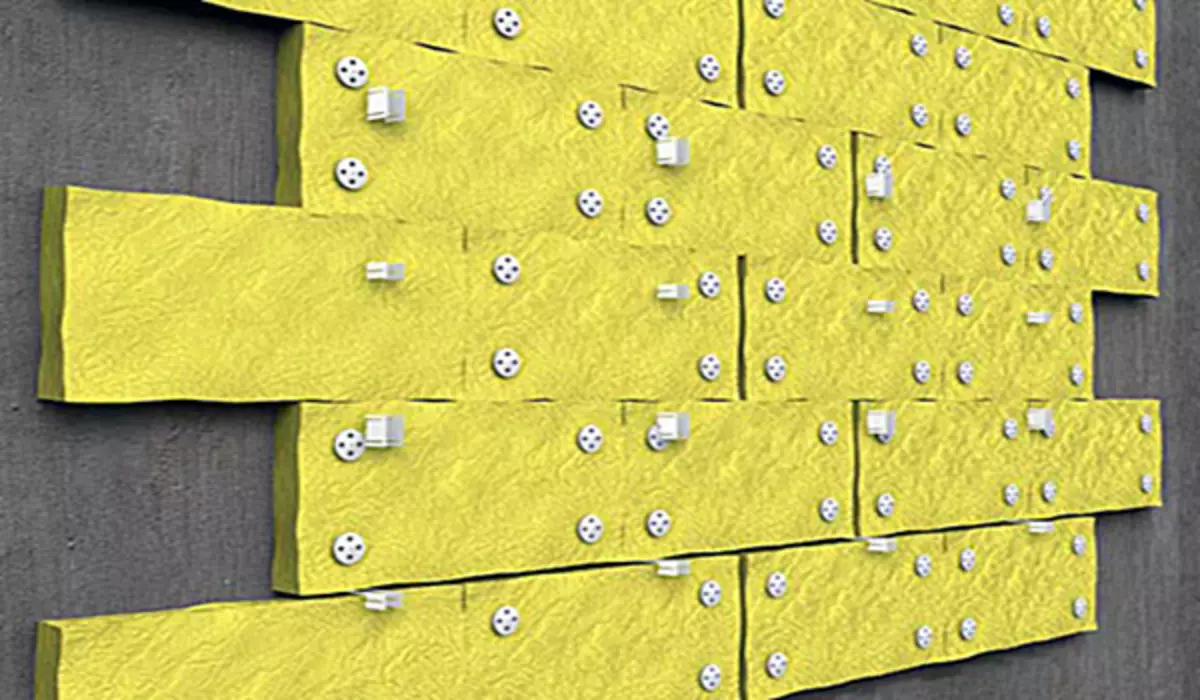
If the frame is assembled competently, mineral wool can be laid, even without additional fixation, it will hold the versus between the bars. In the case, if the cells in the frame exceed the size of the insulation, then it can fall. To prevent this, Minvatu must be additionally fixed on the wall of the dowel umbrellas.
The fastening process is the same as in the example with foam. Critting minvatu to the wall in need place, take a perforator with a brown of the required diameter and length, and drill five holes in the center and in the angles of the insulation. Drink a dowel and lock them in the wall with plastic nails.
Article on the topic: Installation of interroom doors: Cost
Installation of penplex
It is used for the insulation of the walls both inside and outside the house. In terms of its properties, this is the same foam, only foamed, and completely airtight. His fastening, absolutely no different from the installation of his older brother (foam).
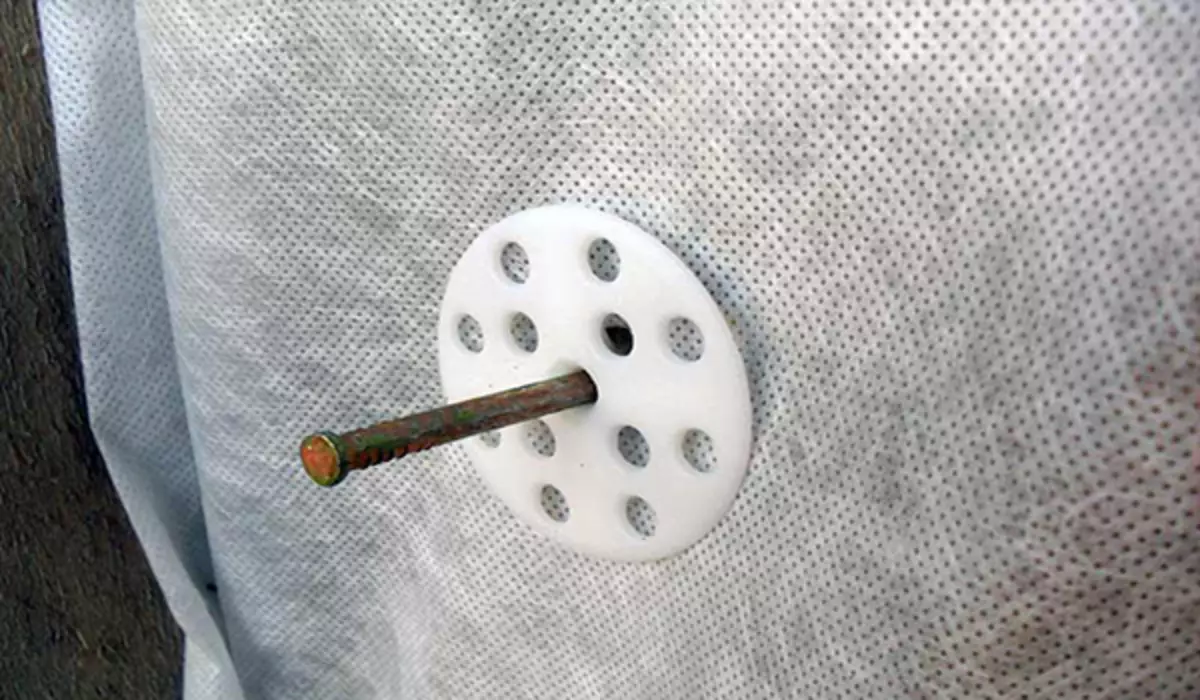
Penoplex can be mounted as glue and umbrellas, you can also combine these two methods. What is worth paying attention to this is what usually plates from this material are of large size, so they need to attach them to conscience, do not spare a glue or dowels.
Installation of plaster
As a heater, special "warm" plaster mixes can be used. It must be said that there are no advantages on thermal insulation with other insulation. But still warming up the plaster takes place.
To increase the thermal insulation properties of the wall with the help of plaster, it must be applied to the surface in three layers. For this, the wall should be cleaned from the old cladding, if there is such, it seems to close all damage like cracks and chips. Set the level of the plane using lighthouses, plumb and horizontal level.
Next, you need to apply a layer of primer on the wall, and wait until it dry. After, you need to let the first portion of the solution, which will go to the first layer. The composition of the solution for the first layer must contain no more than 30% of the water.
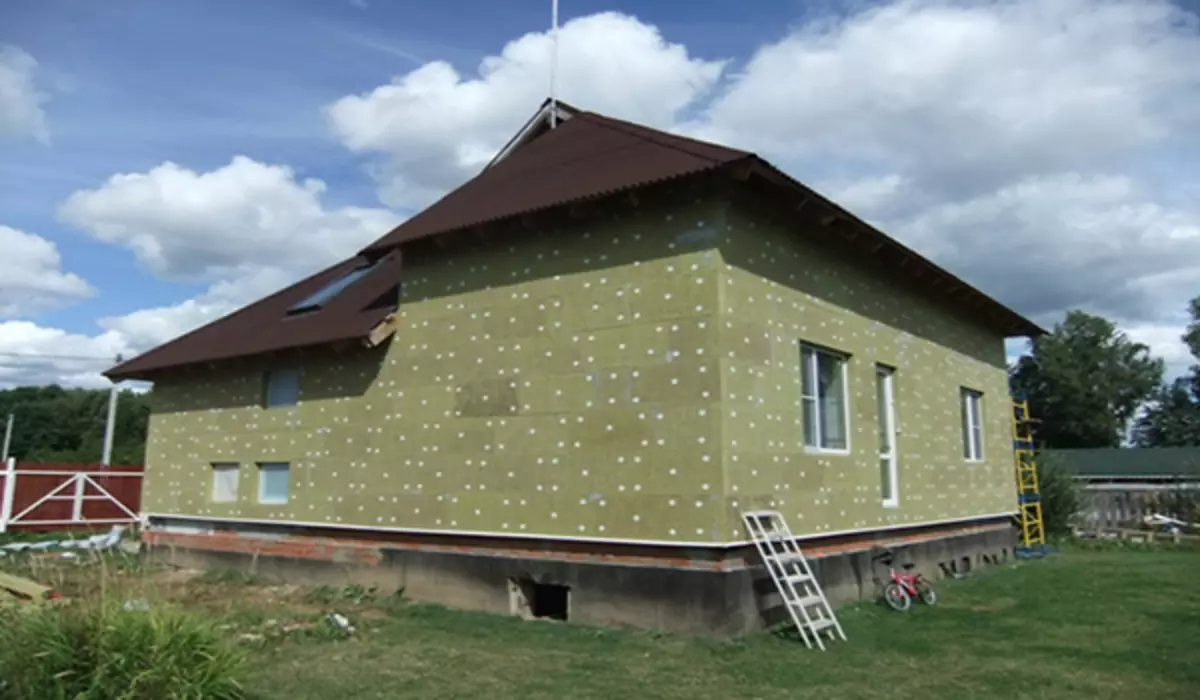
Apply the solution to the tool called the rule over its entire length, and move the movement from the bottom up the plaster. At the same time you need to go under beacons to create a smooth surface of the wall.
After the first layer, you need to apply the other two, the second is applied, just just the solution will already be more liquid, up to 65% water. The third layer of the final, contains a little moisture and is applied with a thin layer, to give the wall of the perfect plane. Naturally, it will be perfect if everything is done correctly. More about applying plaster on the wall, you can read in other articles on our website.
So with the help of plaster, you can "kill two hares at once", and to align the walls and add them more heat insulation. It is also important to remember that the next layer of plaster needs to wait until the previous one - will dry up. Also, each layer, for reliability, you need to additionally process the primer mixture.
Video "Applying foam glue on foam"
Video on how to properly apply glue on the plate from the foam. This is the same foamed glue, which I spoke at the beginning of the article.
